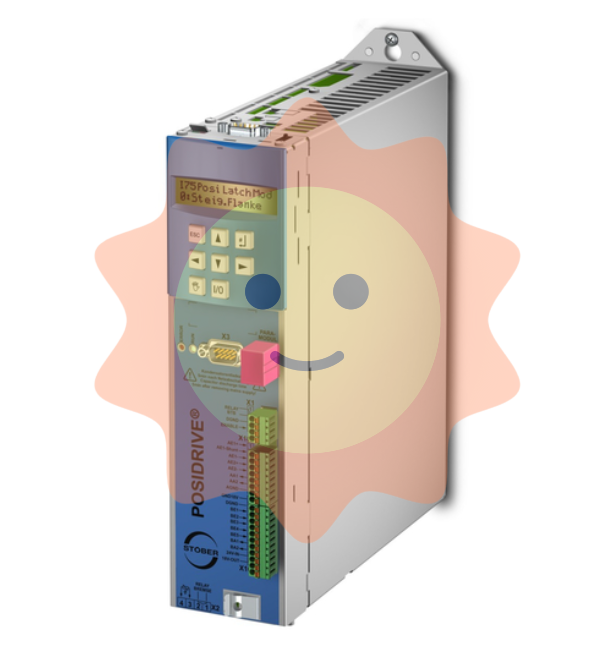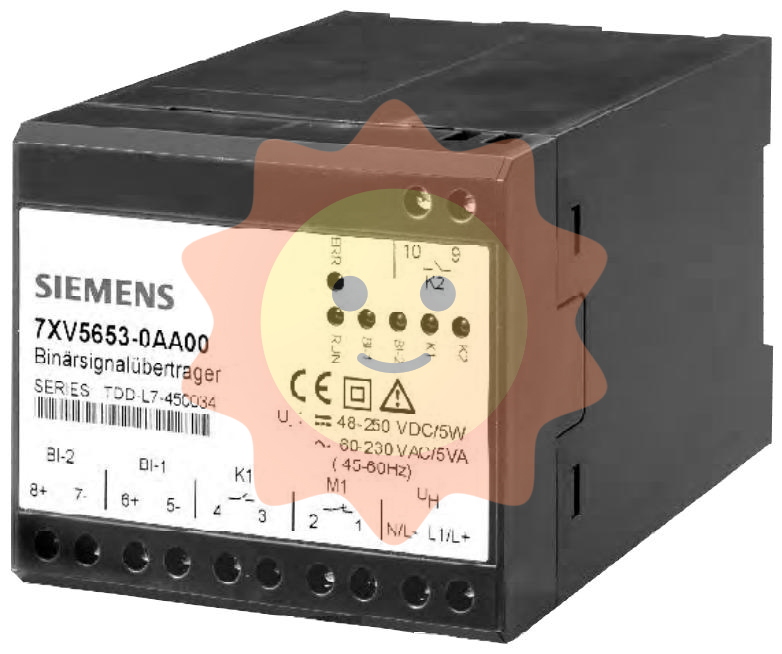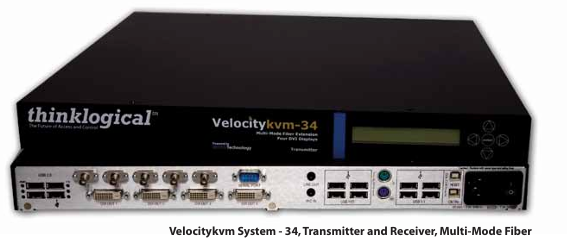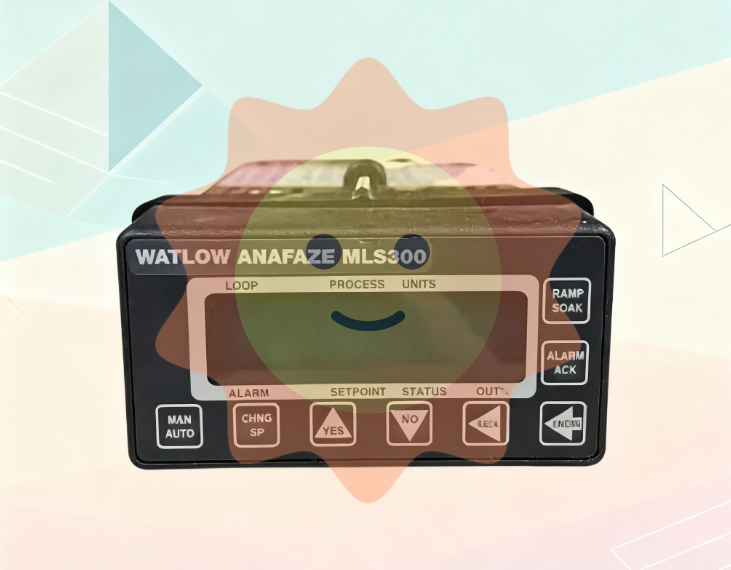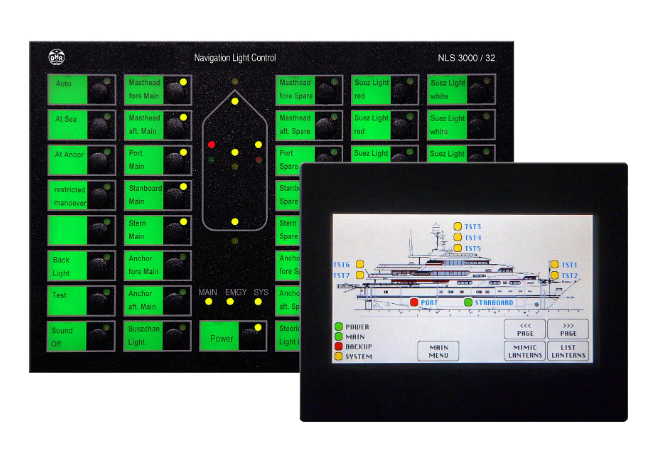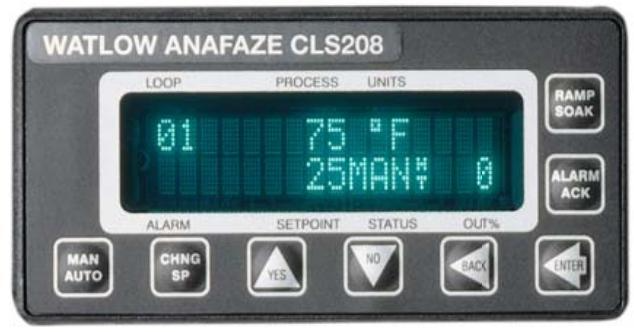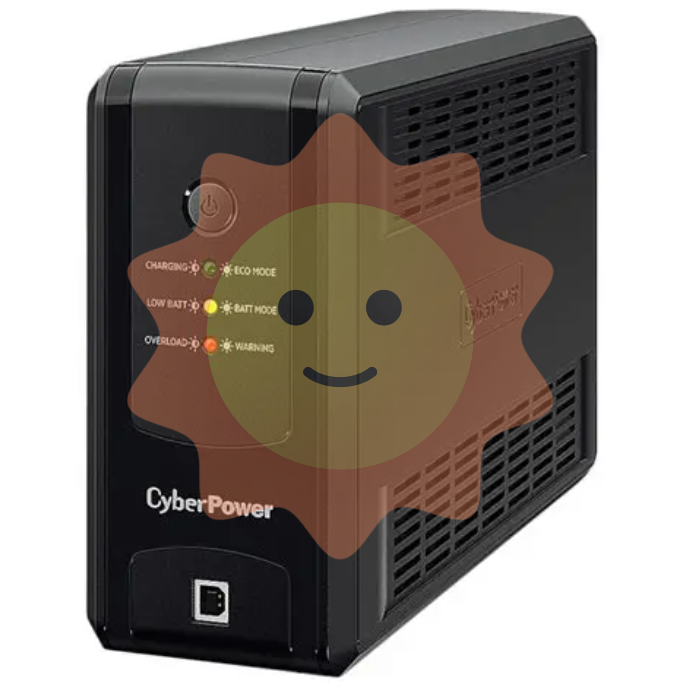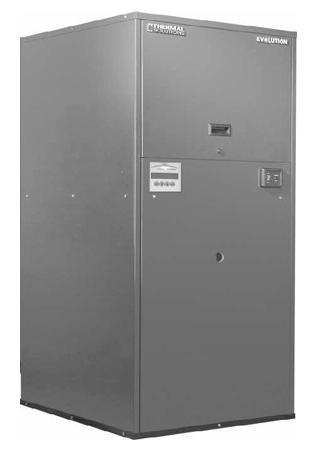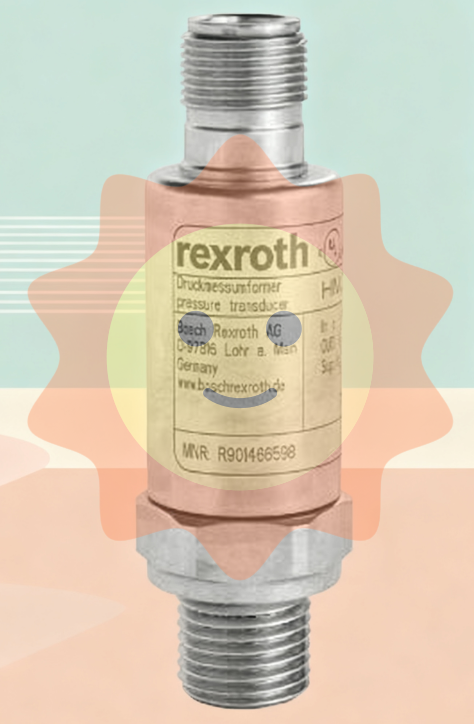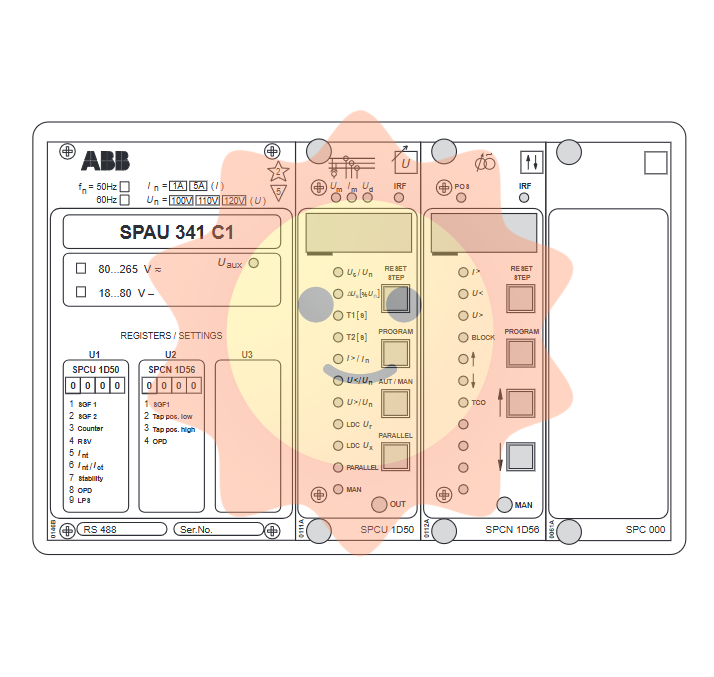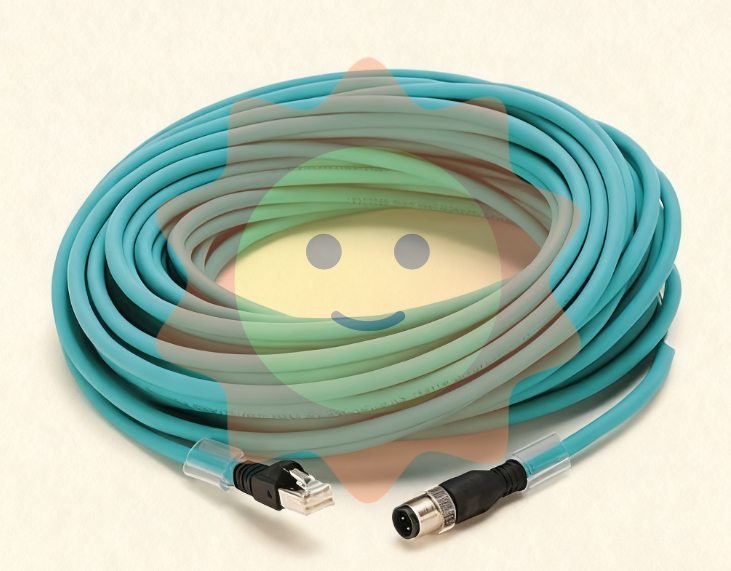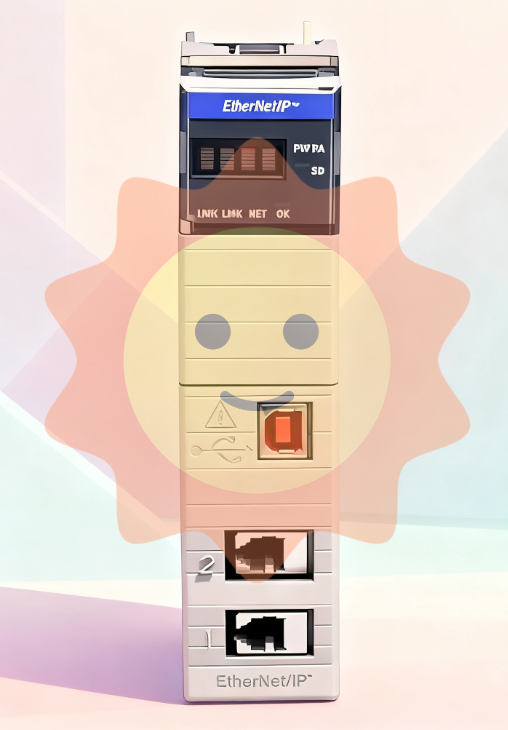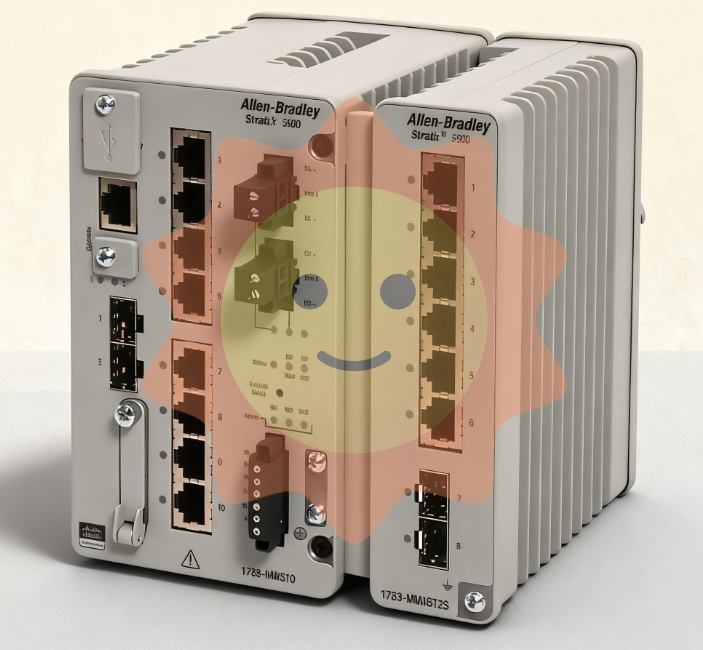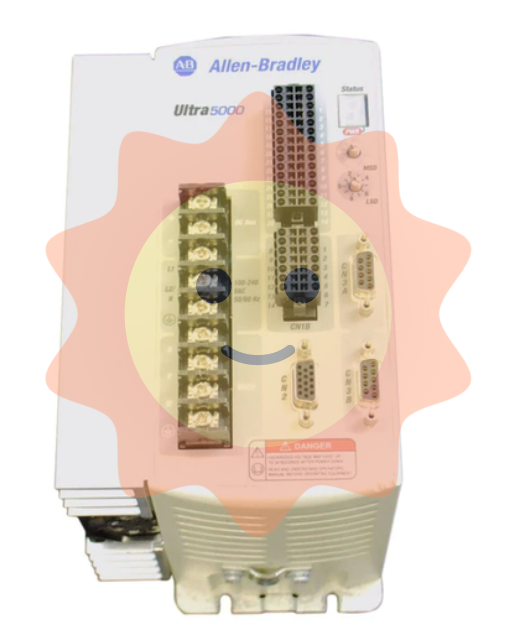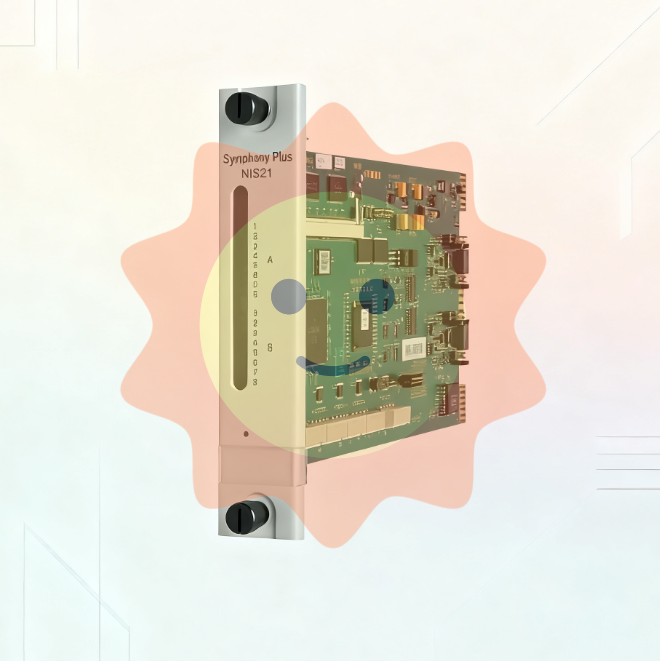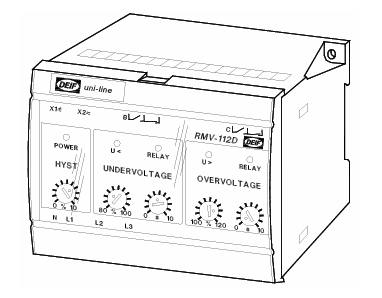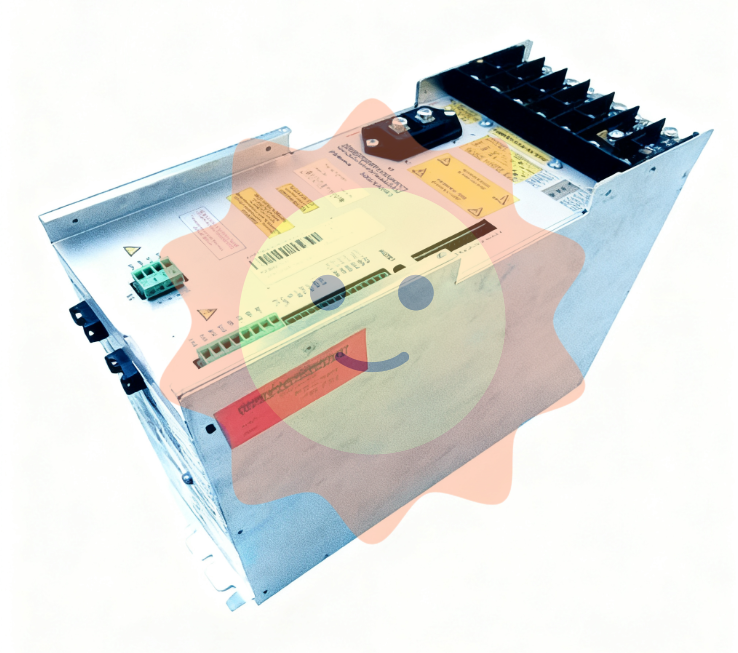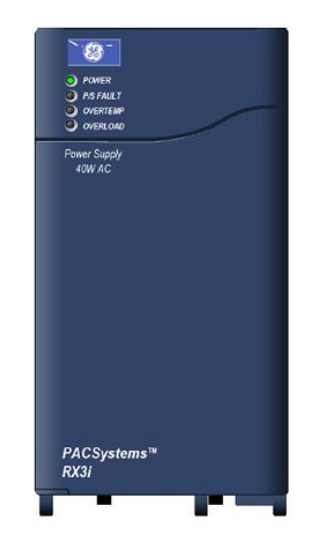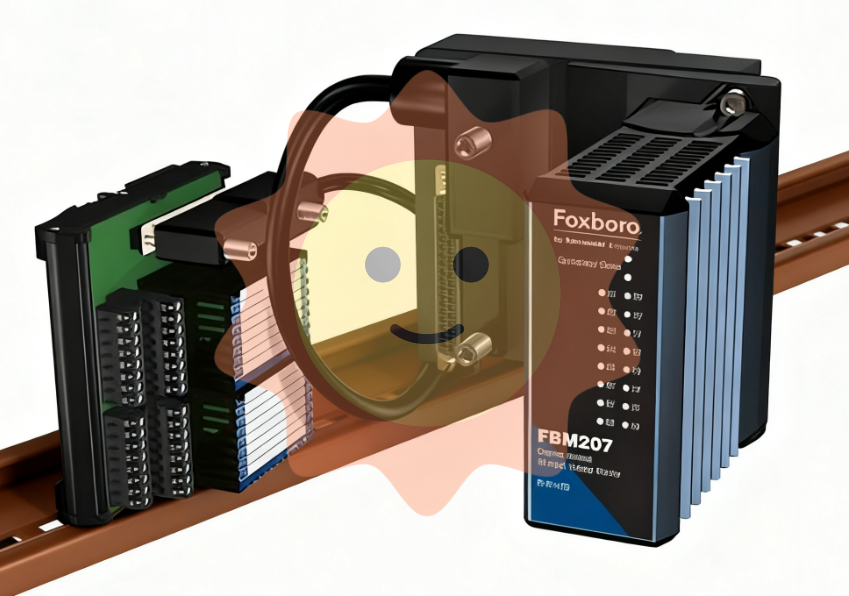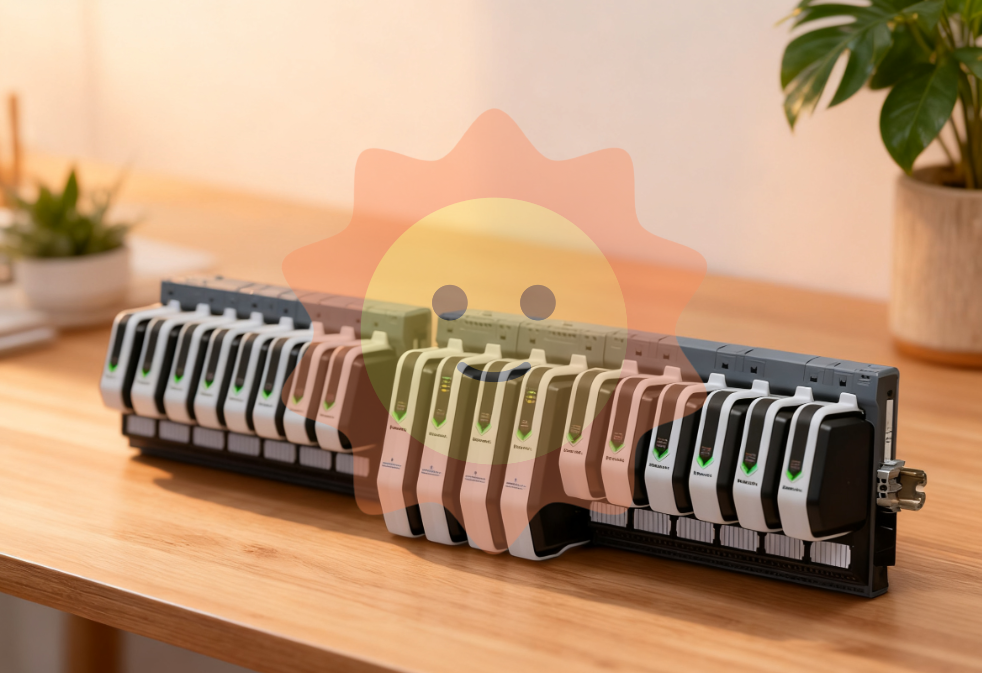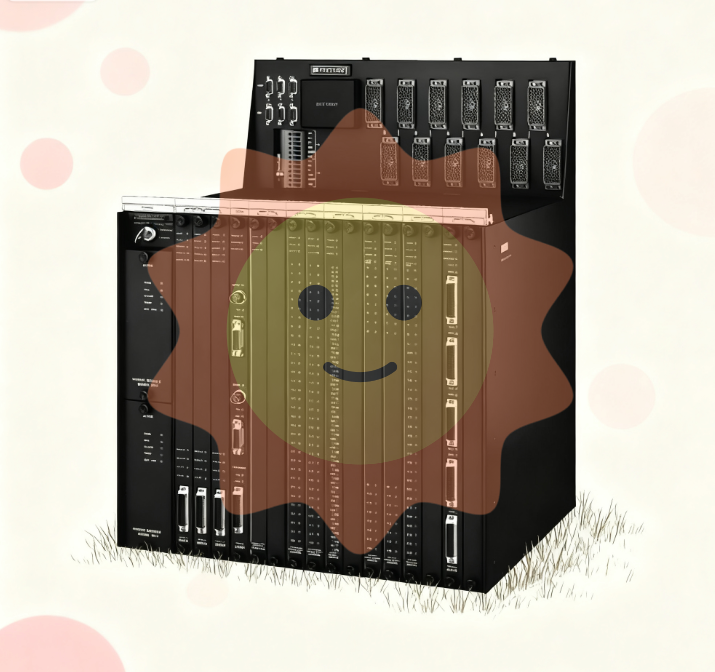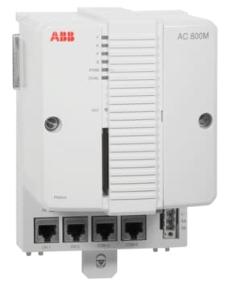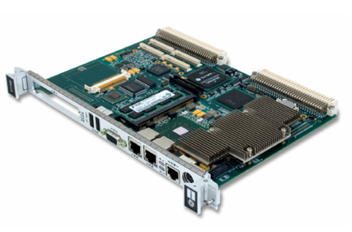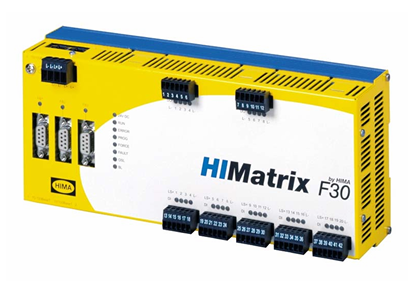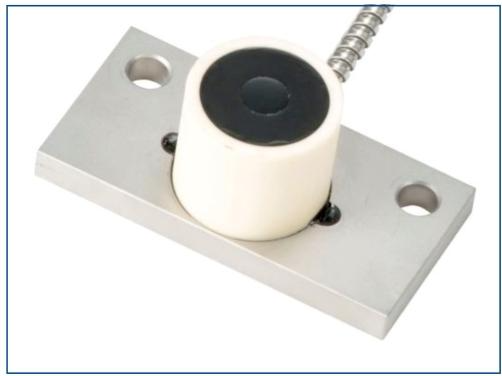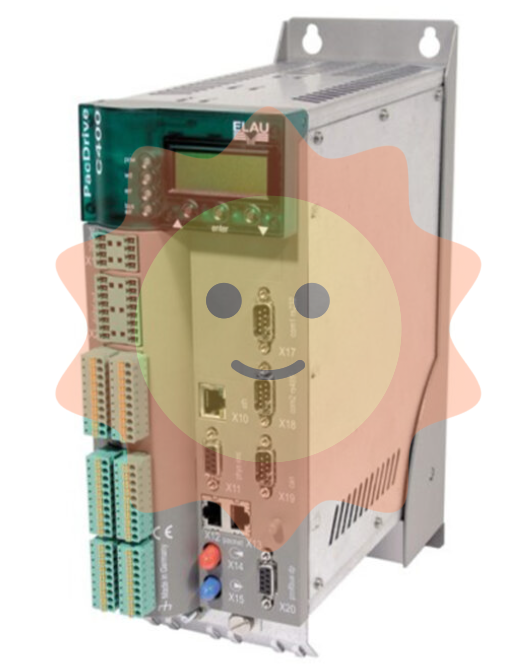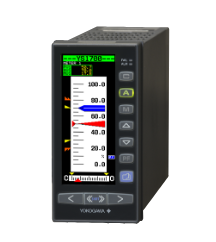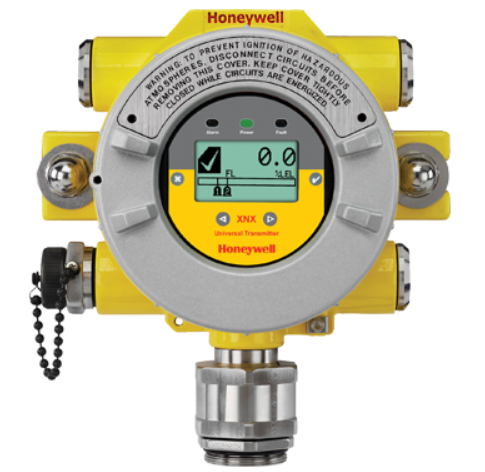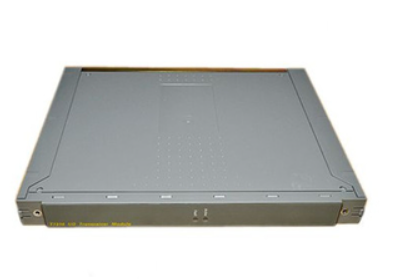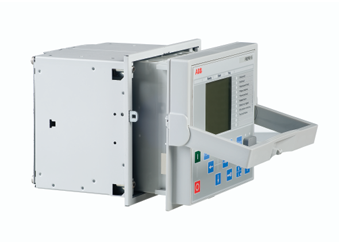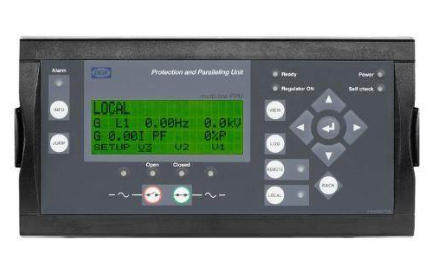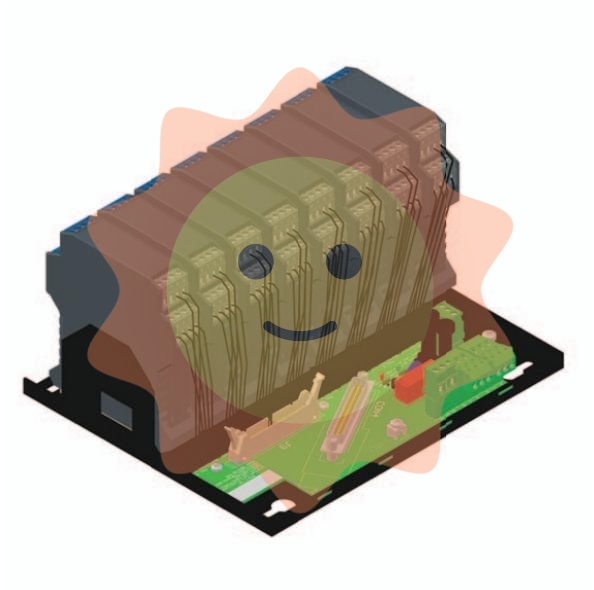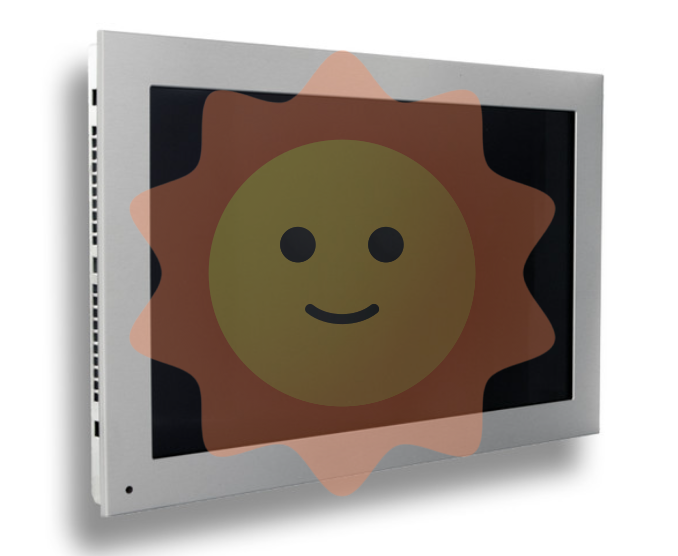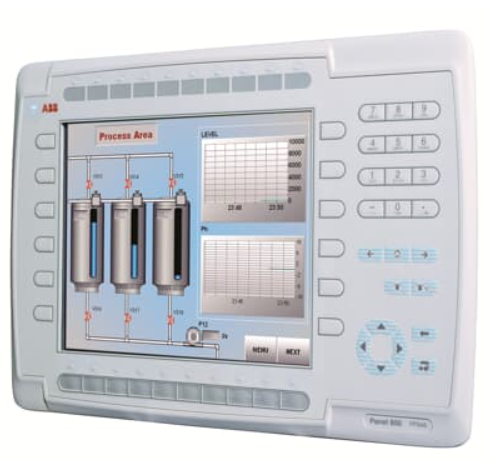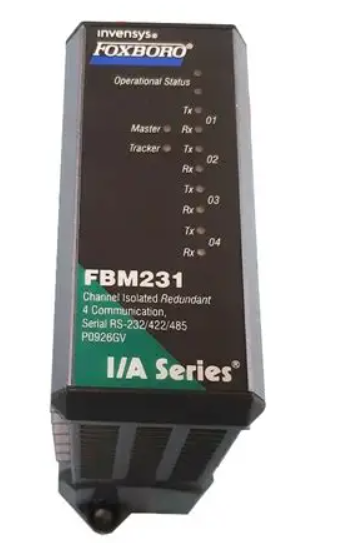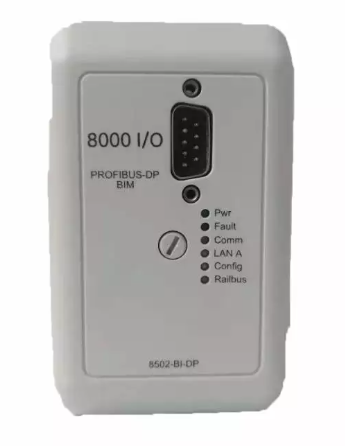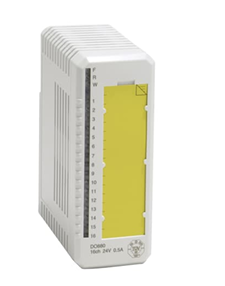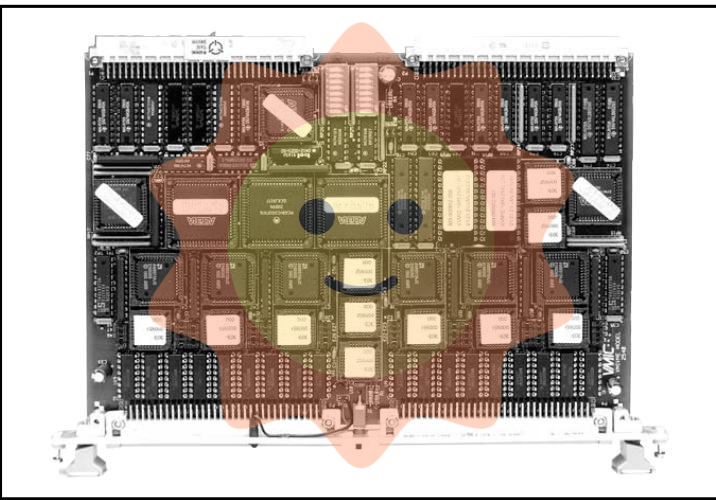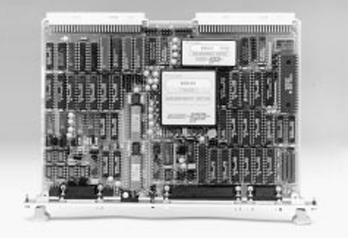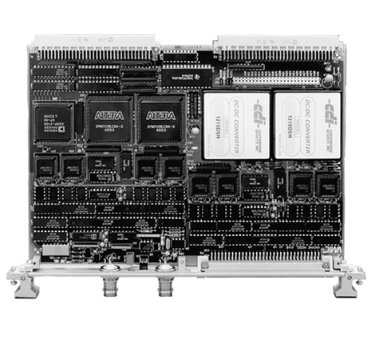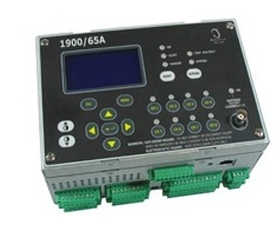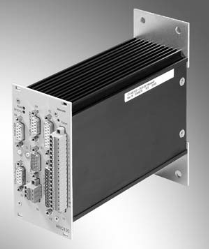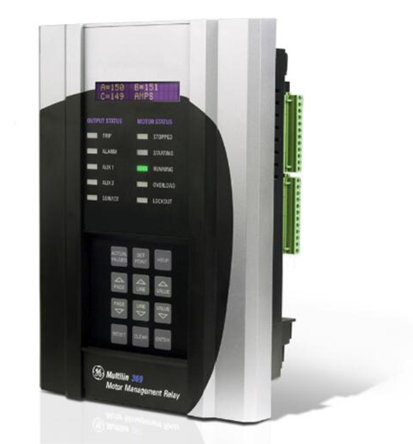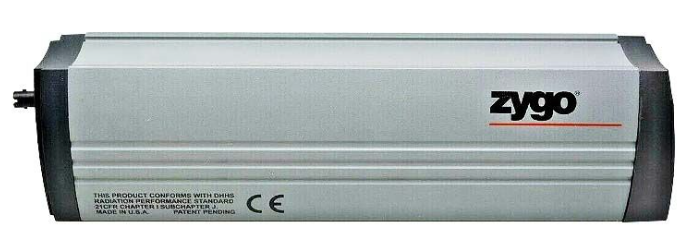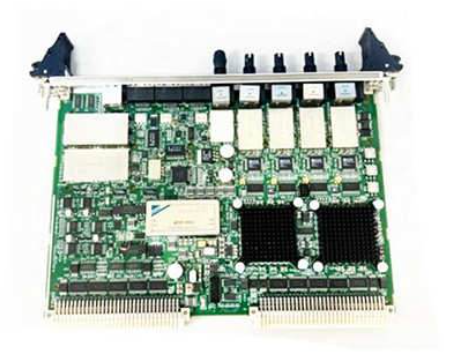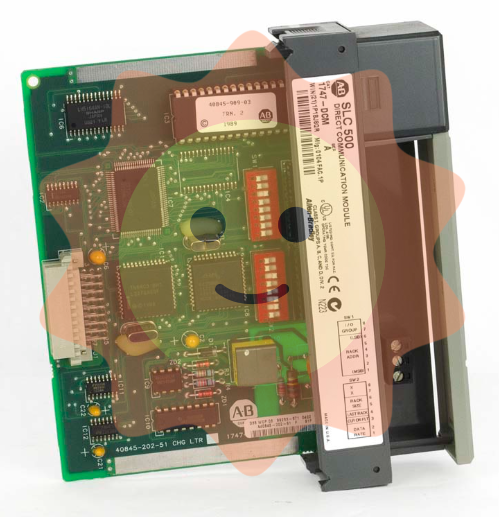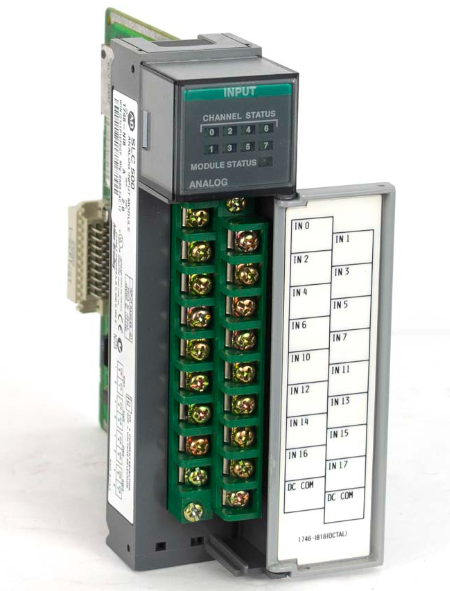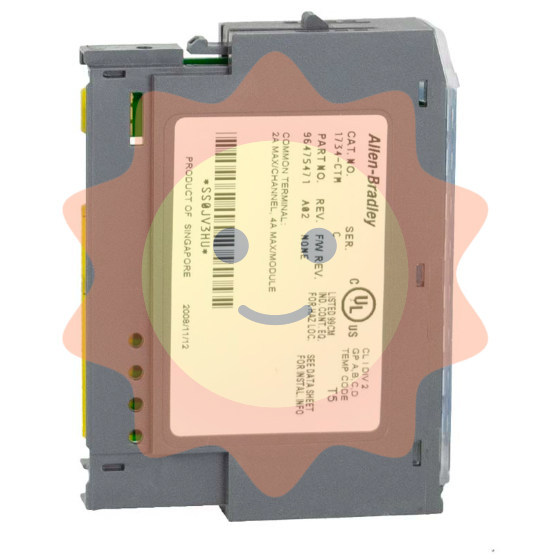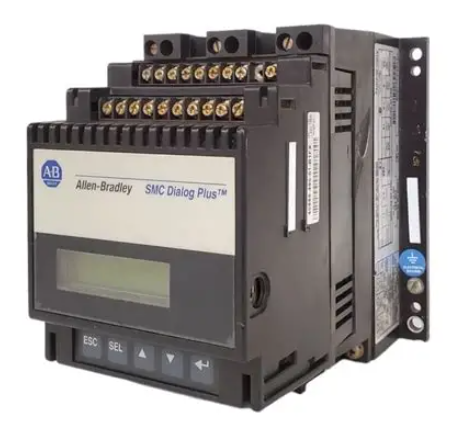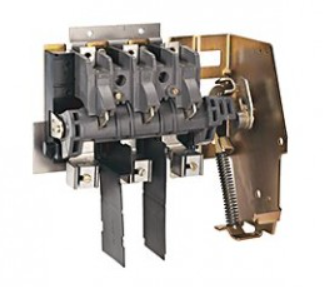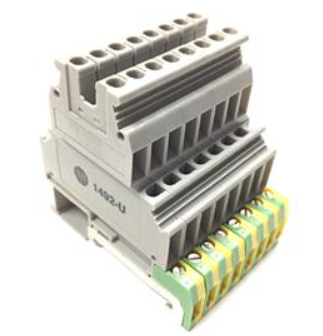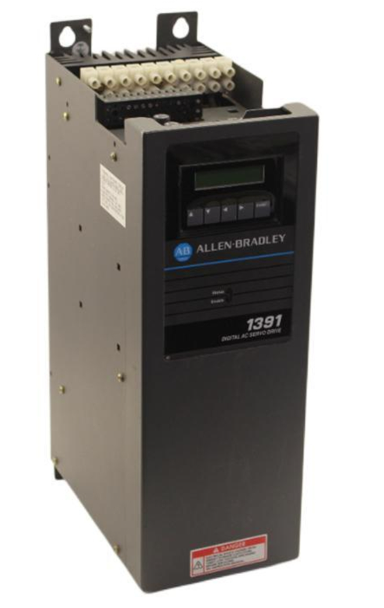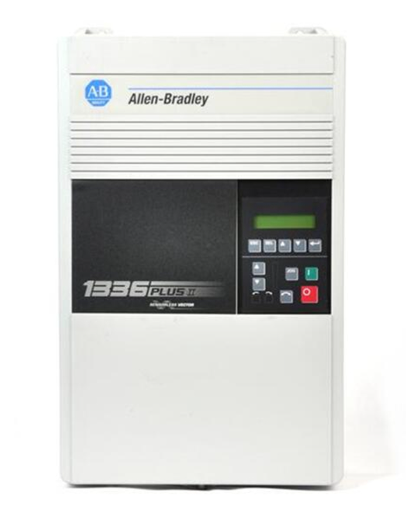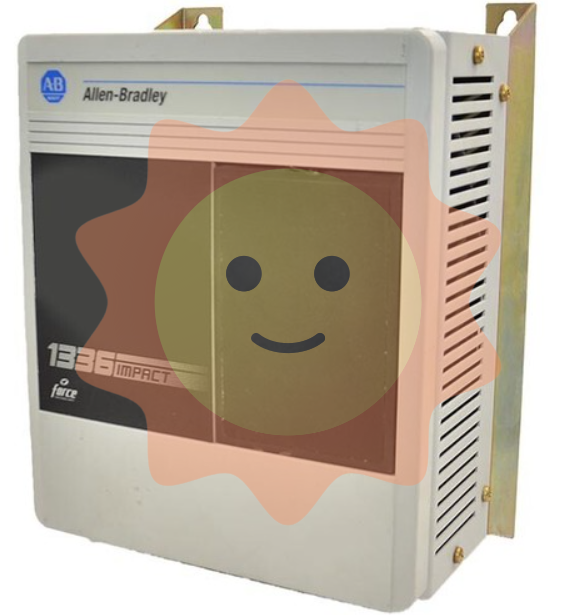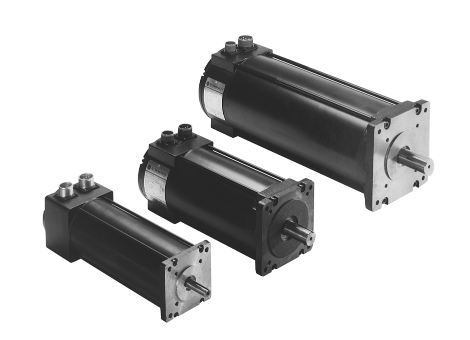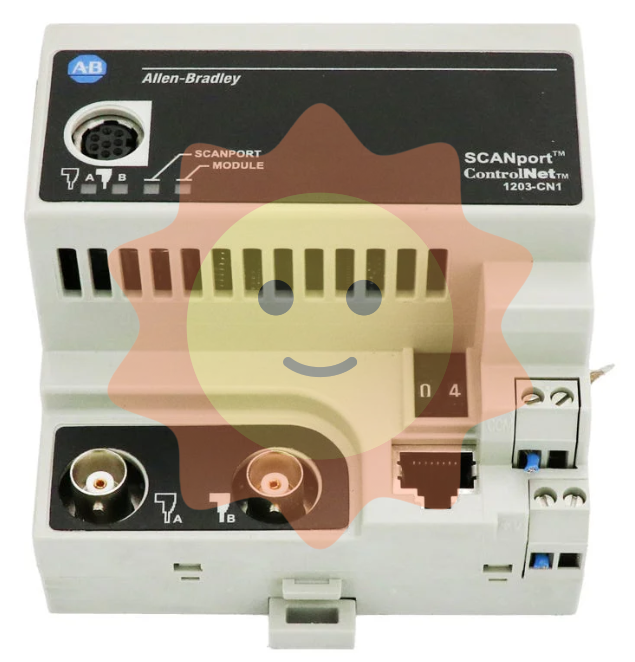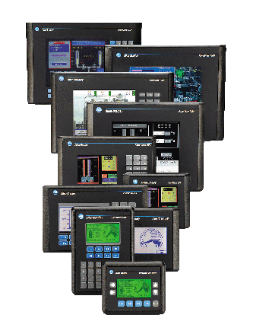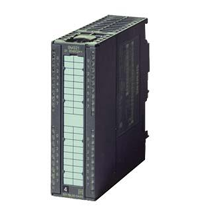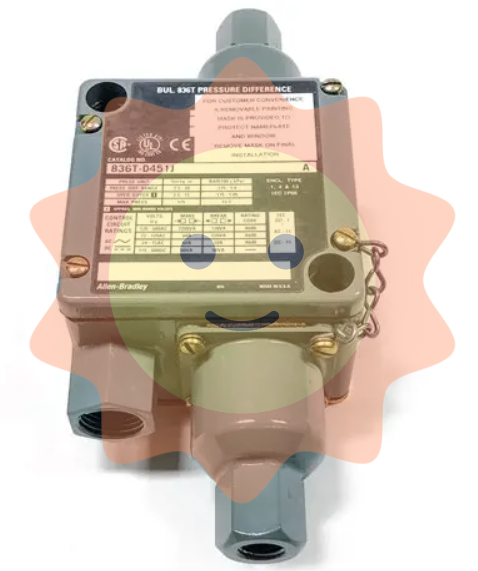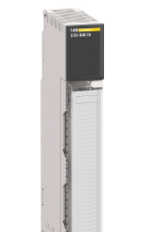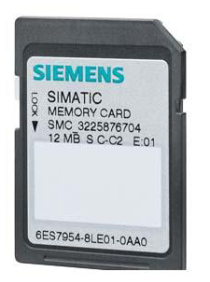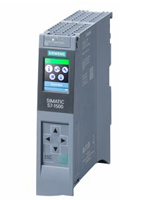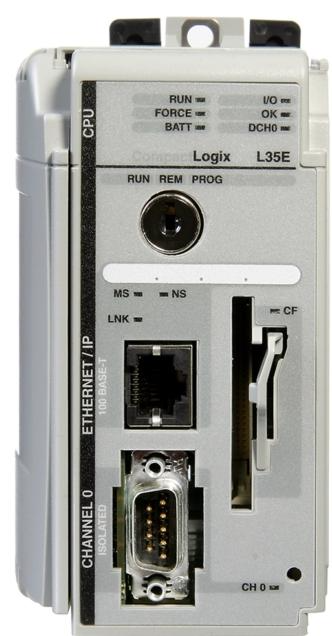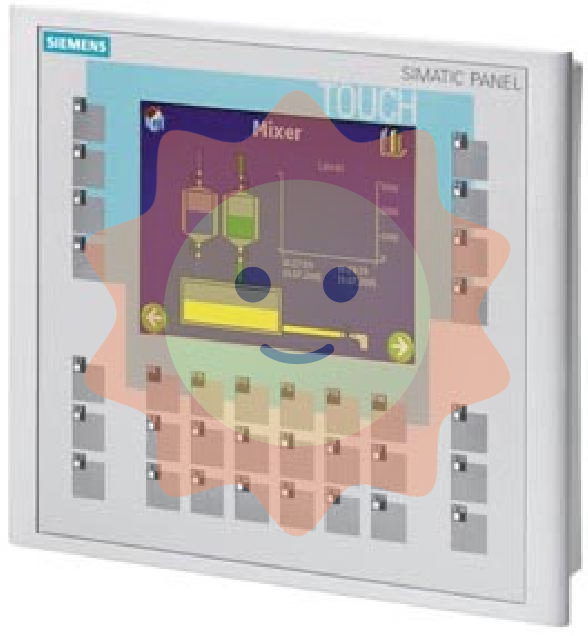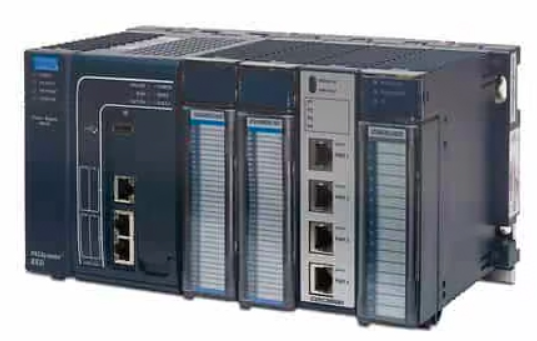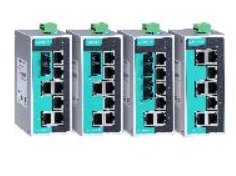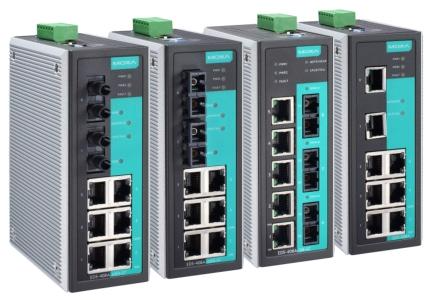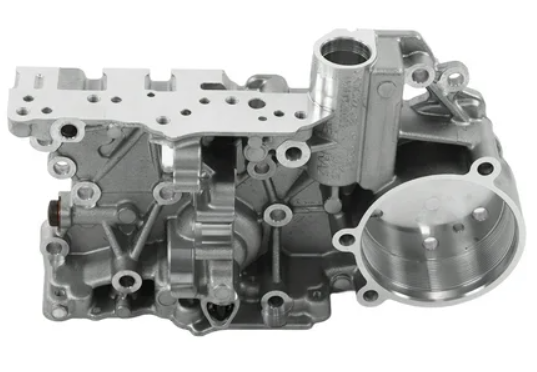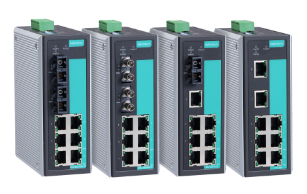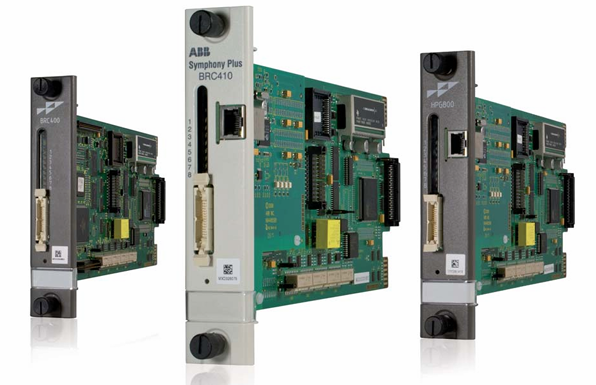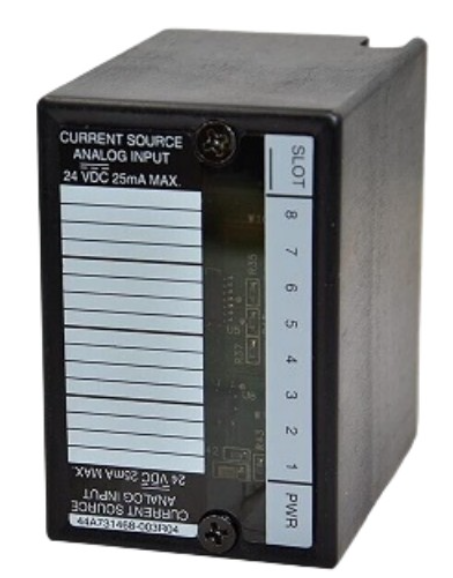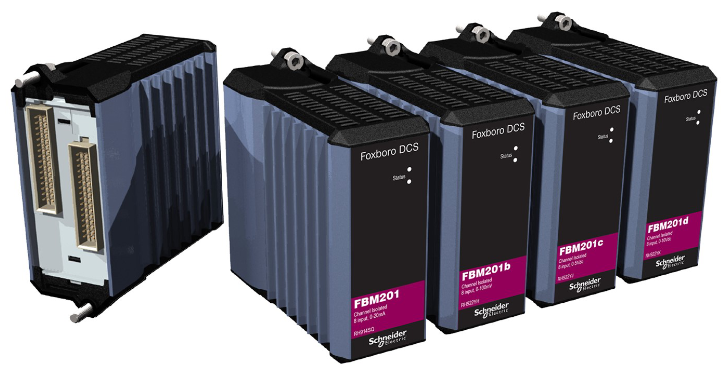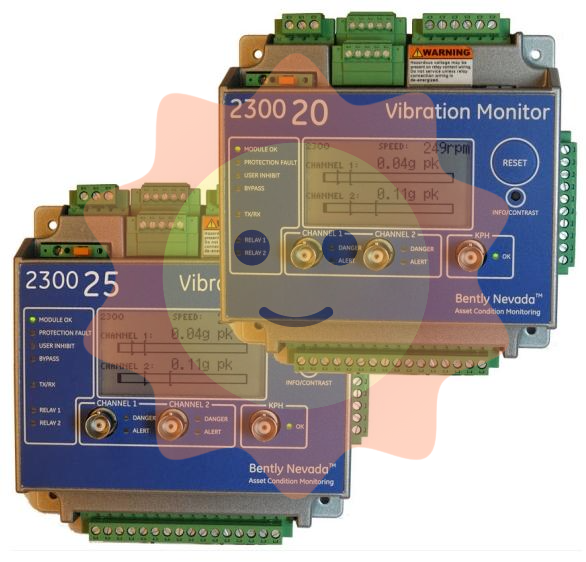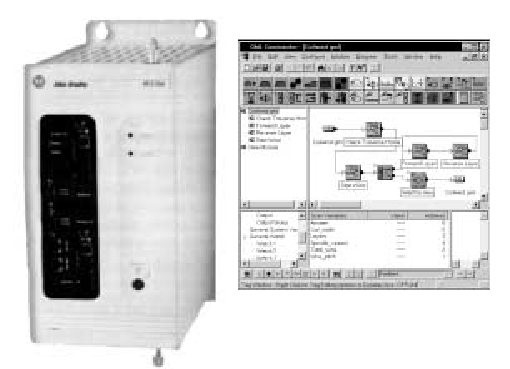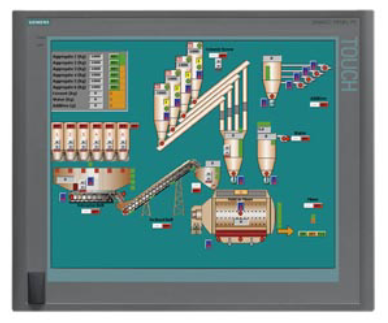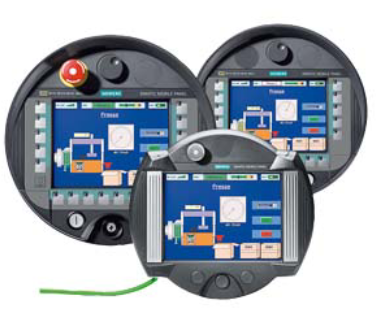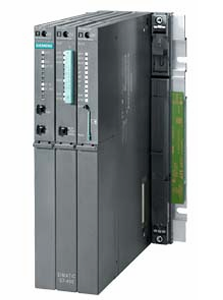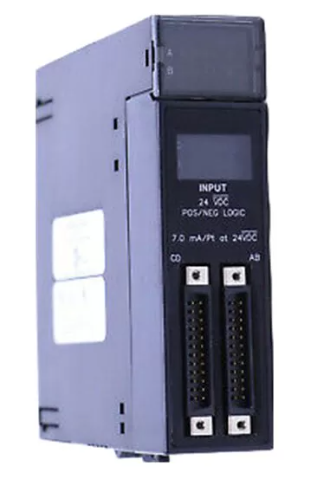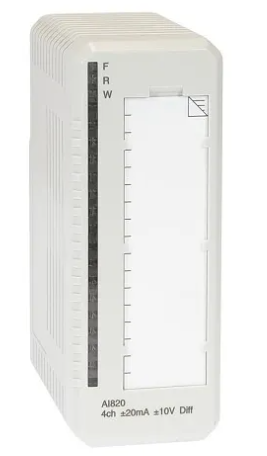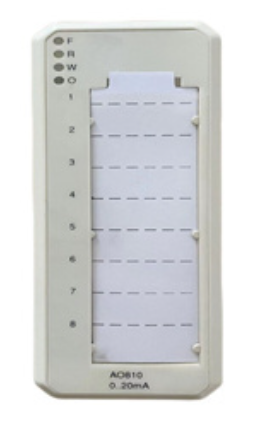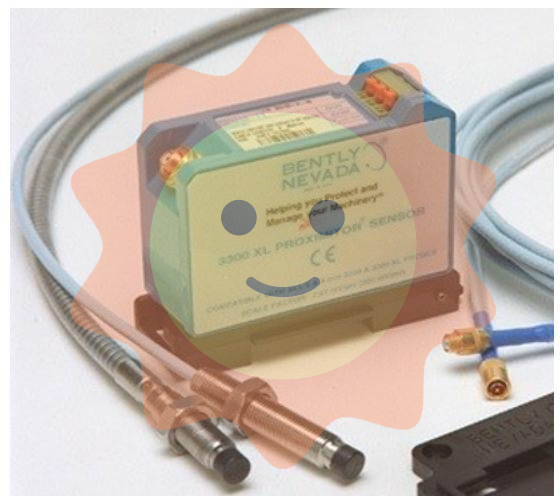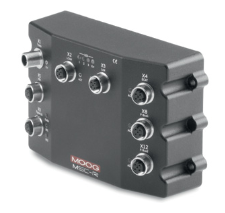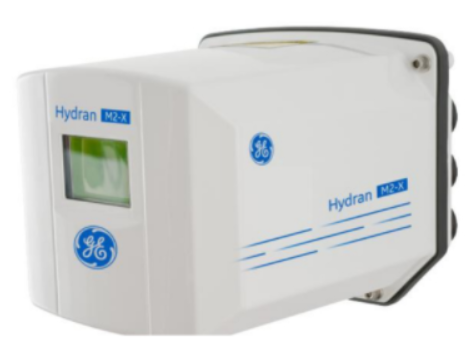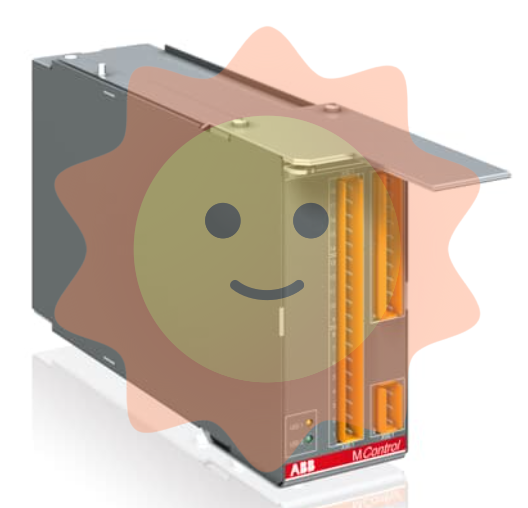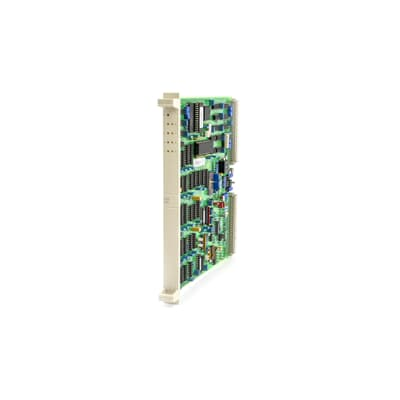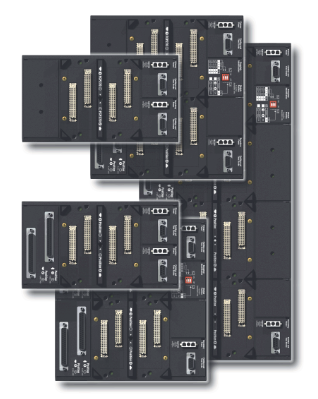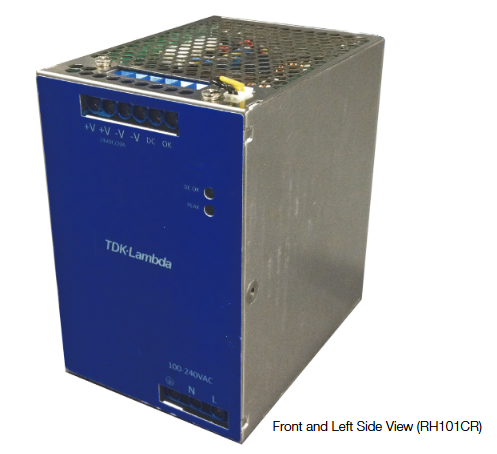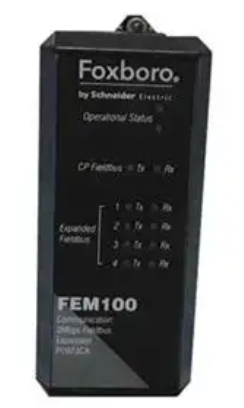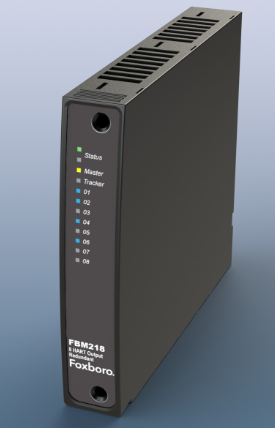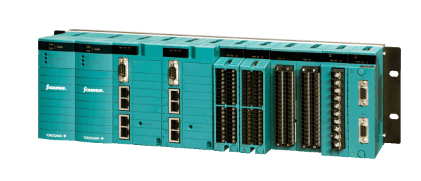ABB SPCIS22 Control I/O Module
Overview
Product Definition and Function: The ABB SPCIS22 Control I/O Module is a key component in industrial automation control systems. It integrates input (I) and output (O) functions and is mainly used for signal acquisition, processing and transmission between controllers (e.g. PLC, DCS) and industrial field devices. The module can receive various input signals from field devices (e.g. sensors), and after internal processing, it outputs control signals to drive actuators (e.g. motors, valves) according to pre-set control logic, thus realising precise control of industrial processes.
Working Principle
Input signal processing:
Input interfaces and signal types: The SPCIS22 module has a variety of input interfaces for receiving different types of input signals. These include digital signals (e.g. switching signals) and analogue signals (e.g. voltage signals, current signals). Digital signals may come from limit switches, proximity switches, etc., which are used to indicate a change in the position or status of a device; analogue signals usually come from sensors that measure physical quantities, such as temperature sensors (outputting voltage or current signals corresponding to the temperature), pressure sensors etc. For digital signals, the module can receive either TTL (Transistor-Transistor Logic) level or CMOS (Complementary Metal-Oxide-Semiconductor) level signals, with TTL levels typically ranging from 2V to 5V at high levels and 0V to 0.8V at low levels; CMOS level ranges vary depending on the specific device. For analogue signals, it is capable of receiving 0 - 10V voltage signals, - 10V - + 10V voltage signals, or 4 - 20mA current signals.
Signal Conditioning and Conversion: When an input signal enters the module, it is first conditioned. For analogue signals, filtering operations are performed to remove noise interference from the signal, e.g. a low-pass filter removes high-frequency noise to make the signal smoother. At the same time, the signal will be amplified or attenuated to ensure that the signal amplitude is within the range that the module can accurately process. The analogue signal then passes through an analogue-to-digital (A/D) converter circuit, which converts the continuous analogue signal into a discrete digital signal for subsequent digital processing. The digital input signals are level shifted and buffered to meet the operating level requirements of the module's internal circuits.
Control Logic Processing:
Internal Processor and Programming Environment: The module contains internal processors for executing control logic. This control logic can be implemented through programming, usually in a programming language similar to ladder diagrams, function block diagrams or structured text. Users can write control programmes that define the relationship between input and output signals according to specific industrial control requirements. For example, when the input temperature signal exceeds the set threshold, the control logic implemented through programming can judge and output a control signal to open the valve of the cooling equipment or start the cooling fan.
Logic operation and decision-making mechanism: the processor performs various logic operations and decisions according to the programmed control logic. It can carry out simple logic operations, such as with, or, or not, etc., can also be more complex mathematical operations and function operations. In the case of multiple input signals, it is able to make decisions based on different combinations of logic. For example, in an automated packaging production line, the module can judge whether it is necessary to pause the production line for packaging material replenishment through logical operations based on the product position signals (digital inputs) and packaging material residual quantity signals (analogue inputs).
Output signal generation and drive:
Output Interface and Signal Generation: After the control logic processing, the module will generate the corresponding control signal through the output interface. The output interface includes digital output interface and analogue output interface. Digital output signals can directly drive relays, indicators and other devices, used to control equipment start / stop, alarm indication, etc.; analogue output signals can be used to control the opening degree or frequency of regulating valves, inverters and other devices. For example, in an industrial process where the flow rate needs to be adjusted, the module outputs the corresponding 4 - 20mA current signal according to the calculation results, and drives the regulating valve to adjust the opening degree, thus realising the precise control of the flow rate.
Stability and reliability of the output signal: In order to ensure the stability and reliability of the output signal, the module has taken various measures in the design of the output circuit. For example, for the digital output, the optocoupler isolation technology is adopted to isolate the internal circuit from the external load circuit to prevent the influence of external interference on the internal circuit, and at the same time to protect the internal circuit from external damage caused by high voltage and high current; for the analogue output, the accuracy and linearity of the output signal are ensured by the high-precision digital-to-analogue converter (D/A converter) circuit and the signal conditioning circuit and the output signal is filtered and amplified to ensure the stability and reliability of the output signal. For analogue output, the precision and linearity of the output signal is ensured by high-precision digital-to-analogue conversion (D/A conversion) circuit and signal conditioning circuit, and the output signal is filtered and amplified to meet the driving requirements of external devices.
Performance features
High Reliability and Stability: Adopting industrial-grade design, it has high reliability and stability, and can operate for a long time in harsh industrial environments. Its housing usually has good protection performance, such as IP30 or higher protection level, can be dustproof, water splash. The internal circuits are strictly designed for electromagnetic compatibility (EMC), which can resist electromagnetic interference (EMI) and radio frequency interference (RFI) in industrial sites to ensure the accuracy of data acquisition and transmission.
Multi-functional inputs and outputs: With multiple types of input and output channels, it is capable of processing many different types of signals simultaneously. Generally including multiple digital input/output channels and analogue input/output channels, this multi-functional design makes it easy to connect to a variety of industrial field devices, reduces the number of modules to be used and the complexity of the system, and improves the integration and efficiency of the system.
Flexible Configuration and Programming Capability: It can be configured and programmed through software or hardware. Users can use special programming software to write customised control programs according to specific control logic and requirements. At the same time, it is also possible to configure the type of channel (analogue or digital), signal range, communication parameters, etc., through hardware settings (e.g., dip switches). This flexibility allows the module to adapt to a variety of complex industrial automation needs.

- User name Member Level Quantity Specification Purchase Date
- Satisfaction :
-









Email:wang@kongjiangauto.com









